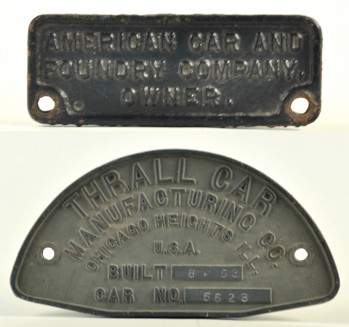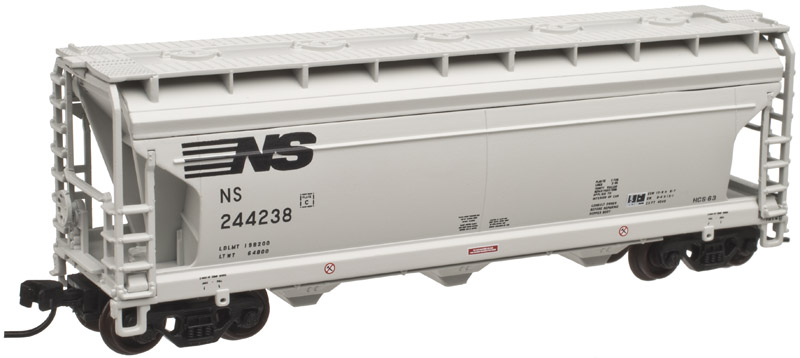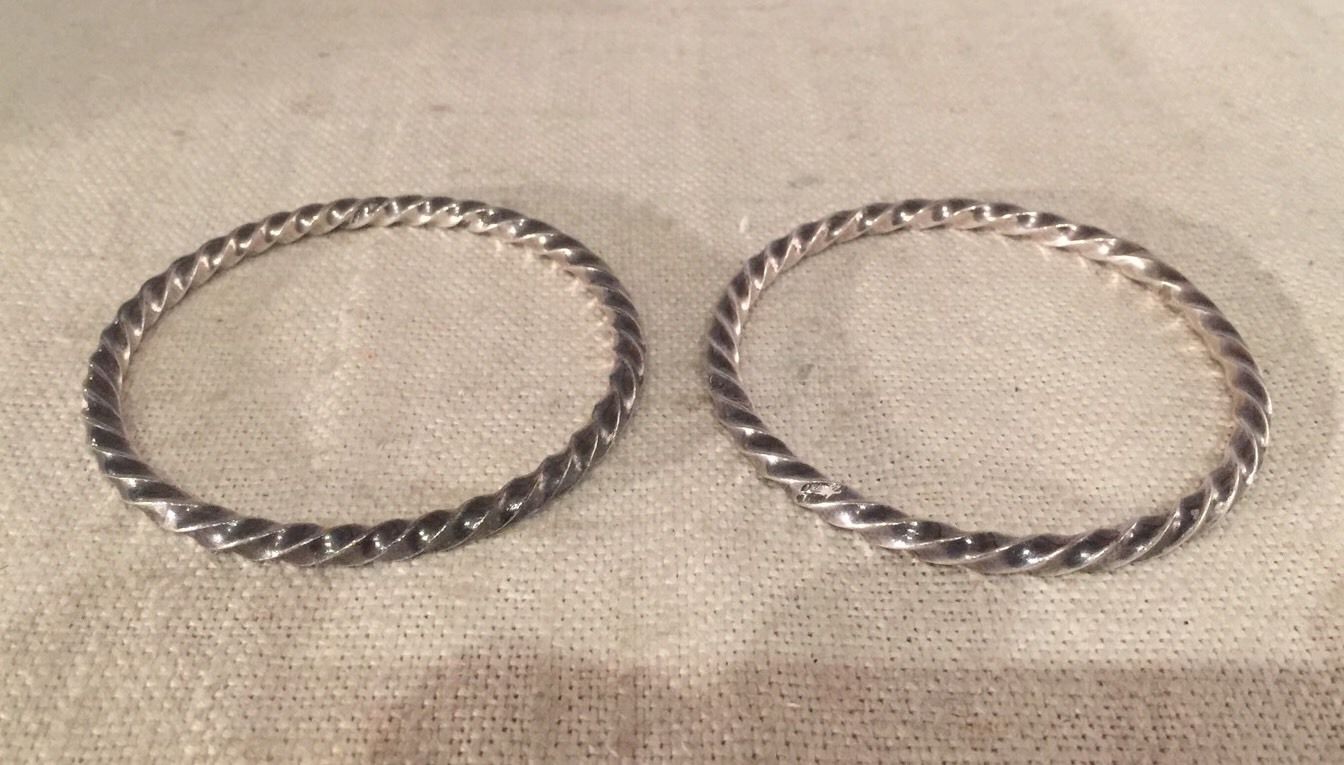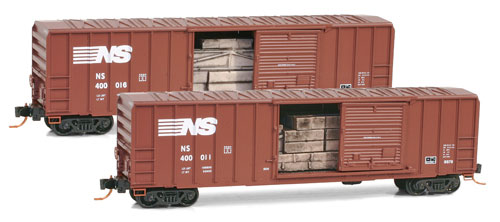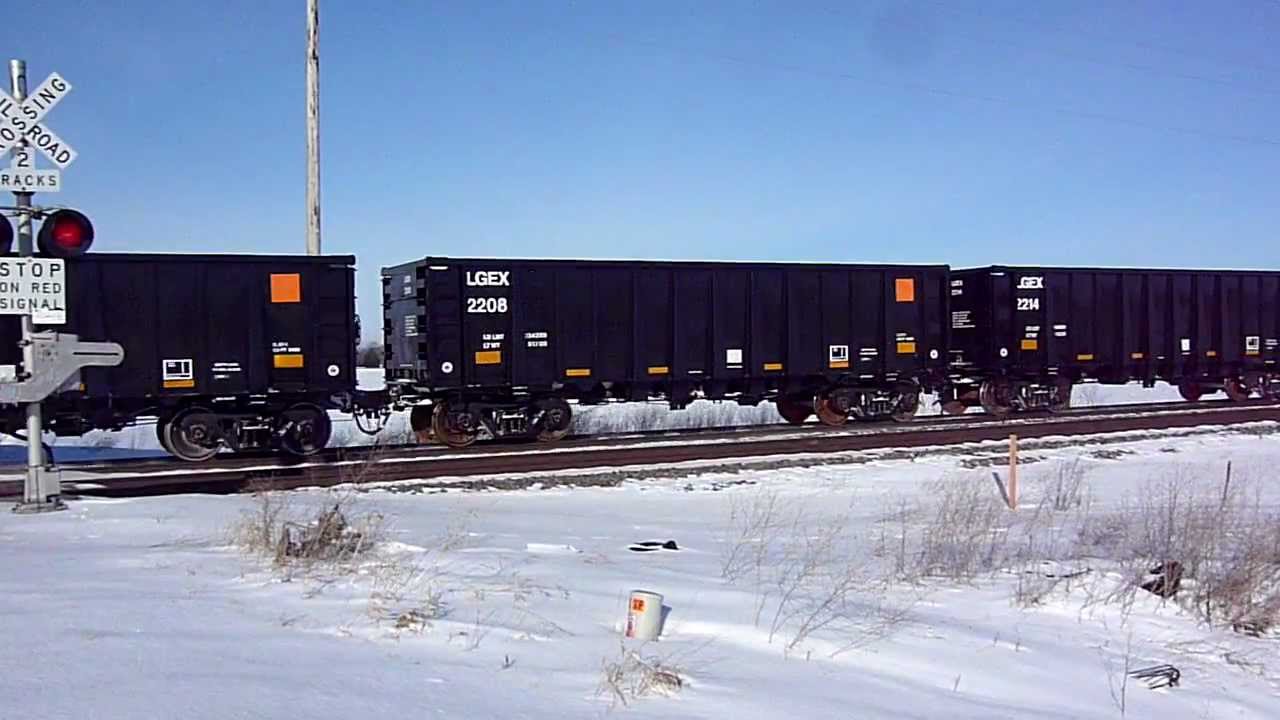Roundhouse - 8101 - Gondola, 50 Foot, Thrall Hi-Side - Wisconsin Electric - 456
Click to see the details
history
| Stock Number | 8101 |
| Original Retail Price | $6.75 |
| Brand | Roundhouse |
| Manufacturer | MDC Roundhouse |
| Body Style | MDC Gondola 50 Foot Thrall Hi-Side |
| Prototype Vehicle | Gondola, 50 Foot, Thrall Hi-Side (Details) |
| Road or Company Name | Wisconsin Electric (Details) |
| Reporting Marks | WEPX |
| Road or Reporting Number | 456 |
| Paint Color(s) | Ochre |
| Print Color(s) | Black |
| Coupler Type | Rapido Hook |
| Wheel Type | Nickel-Silver Plated Metal |
| Wheel Profile | Deep Flange |
| Kit Complexity | Easy-Build |
| Kit Material(s) | Pewter Metal and Injection Molded Plastic |
| Release Date | 1979-01-01 |
| Item Category | Rolling Stock (Freight) |
| Model Type | Gondola |
| Model Subtype | 50 Foot |
| Model Variety | Thrall Hi-Side |
| Prototype Region | North America |
| Prototype Era | NA Era IV: 2nd Gen Diesel (1958 - 1978) |
| Scale | 1/160 |
| Track Gauge | N standard |
Model Information:
This is one of the body styles acquired by Athearn from MDC in June of 2004 and re-run under the Athearn Brand. A significant re-release was done by Athearn in 2019.
Prototype History:
Thrall was a recognizable freight car manufacturing company in the 1960s to 1980s. Their designs still carry on today. The company focused on building specialized freight cars including high side gondolas, and rotary-dump gondolas for coal. In the 1980s, Thrall acquired five competing railcar manufacturers and became the largest such manufacturer of these cars in the United States.
In the 1960s, coal haulage shifted from open hopper cars to high-sided gondolas. Using a gondola, the railroads are able to haul a larger amount of coal per car since gondolas do not include the equipment needed for unloading. However, since these cars do not have hatches for unloading the products shipped in them, railroads must use rotary car dumpers (mechanisms that hold a car against a short section of track as the car and track are slowly rotated upside down to empty the car) or other means to empty them.
In the 1960s, coal haulage shifted from open hopper cars to high-sided gondolas. Using a gondola, the railroads are able to haul a larger amount of coal per car since gondolas do not include the equipment needed for unloading. However, since these cars do not have hatches for unloading the products shipped in them, railroads must use rotary car dumpers (mechanisms that hold a car against a short section of track as the car and track are slowly rotated upside down to empty the car) or other means to empty them.
Road Name History:
WEC Energy Group, based in Milwaukee, Wisconsin, is one of the nation’s largest electric and natural gas delivery companies, with deep operational expertise, scale and financial resources to meet the region’s future energy needs. They focus on reliable service, customer satisfaction and shareholder value. They provide vital services to over 4.6 million customers in Wisconsin, Illinois, Michigan and Minnesota. Their scale and geographic proximity allow for operating efficiencies across 71,000 miles of electric distribution lines, 51,400 miles of natural gas distribution and transmission lines, and 7,700 megawatts of reliable power capacity.
In 1896, The Milwaukee Electric Railway and Light Co. forms to provide electric, steam and interurban rail service. Service area covers more than 12,000 square miles. In 1938, the company changed name to Wisconsin Electric Power Co. In 1987, Wisconsin Electric restructures, establishing Wisconsin Energy Corp., and several new subsidiaries including Wispark, Wisvest and Witech. In 2002, Wisconsin Electric Power Company and Wisconsin Gas began doing business as We Energies. In 2015, Wisconsin Energy Corp. acquired Integrys Energy Group, forming WEC Energy Group.
In 1896, The Milwaukee Electric Railway and Light Co. forms to provide electric, steam and interurban rail service. Service area covers more than 12,000 square miles. In 1938, the company changed name to Wisconsin Electric Power Co. In 1987, Wisconsin Electric restructures, establishing Wisconsin Energy Corp., and several new subsidiaries including Wispark, Wisvest and Witech. In 2002, Wisconsin Electric Power Company and Wisconsin Gas began doing business as We Energies. In 2015, Wisconsin Energy Corp. acquired Integrys Energy Group, forming WEC Energy Group.
Brand/Importer Information:
 MDC Roundhouse was founded in California in 1938 and relocated in 1993 to Carson City, Nevada due to statewide restrictions on painting. MDC Roundhouse was a producer of both RTR (Ready-to-Run) and kit versions of N Scale rolling stock as well as RTR locomotives. They entered the N scale market in 1979 with a Thrall Hi-Side Gondola and a Hi-Cube Single Door Box Car. MDC Roundhouse was purchased by Horizon Hobbies in June of 2004, when its owner since 1938 C. H. Menteer retired, and merged into their Athearn line.
MDC Roundhouse was founded in California in 1938 and relocated in 1993 to Carson City, Nevada due to statewide restrictions on painting. MDC Roundhouse was a producer of both RTR (Ready-to-Run) and kit versions of N Scale rolling stock as well as RTR locomotives. They entered the N scale market in 1979 with a Thrall Hi-Side Gondola and a Hi-Cube Single Door Box Car. MDC Roundhouse was purchased by Horizon Hobbies in June of 2004, when its owner since 1938 C. H. Menteer retired, and merged into their Athearn line.
Unlike many of their contemporaries which contracted with European firms to produce their products, MDC made their own toolings. They made several popular body styles and produced them for road names that many other vendors (even Micro-Trains) wouldn't touch. This made them popular with modelers. Also, their un-assembled "kits" permitted a lower price point so they were popular with "runners" as well as "modelers".
Of particular interest was the attention given to modern 50 foot steel boxcars. They made some attempt to accurately mold the differences into distinct models to represent each of the major prototype manufacturers products. They have distinct toolings not only for the different products from FMC, BFF and PS, but also multiple models for each of these manufacturers including "standard" vs "Youngstown" doors and "waffle" vs. "rib" sides. In total they produced 13 different versions of the 50 foot steel boxcar.

Unlike many of their contemporaries which contracted with European firms to produce their products, MDC made their own toolings. They made several popular body styles and produced them for road names that many other vendors (even Micro-Trains) wouldn't touch. This made them popular with modelers. Also, their un-assembled "kits" permitted a lower price point so they were popular with "runners" as well as "modelers".
Of particular interest was the attention given to modern 50 foot steel boxcars. They made some attempt to accurately mold the differences into distinct models to represent each of the major prototype manufacturers products. They have distinct toolings not only for the different products from FMC, BFF and PS, but also multiple models for each of these manufacturers including "standard" vs "Youngstown" doors and "waffle" vs. "rib" sides. In total they produced 13 different versions of the 50 foot steel boxcar.
Item created by: gdm
on 2016-10-24 17:32:41
Last edited by: CNW400 on 2020-06-04 12:58:52
If you see errors or missing data in this entry, please feel free to log in and edit it. Anyone with a Gmail account can log in instantly.
Last edited by: CNW400 on 2020-06-04 12:58:52
If you see errors or missing data in this entry, please feel free to log in and edit it. Anyone with a Gmail account can log in instantly.




